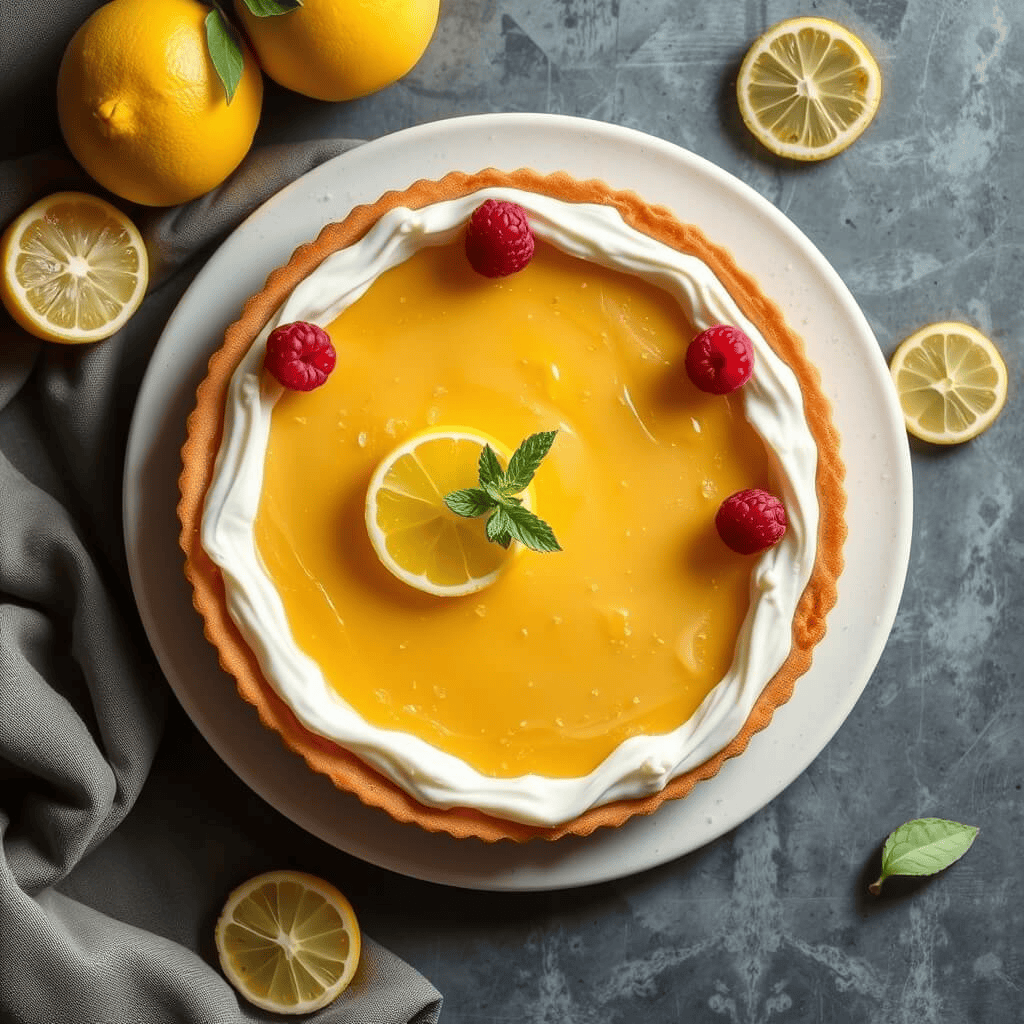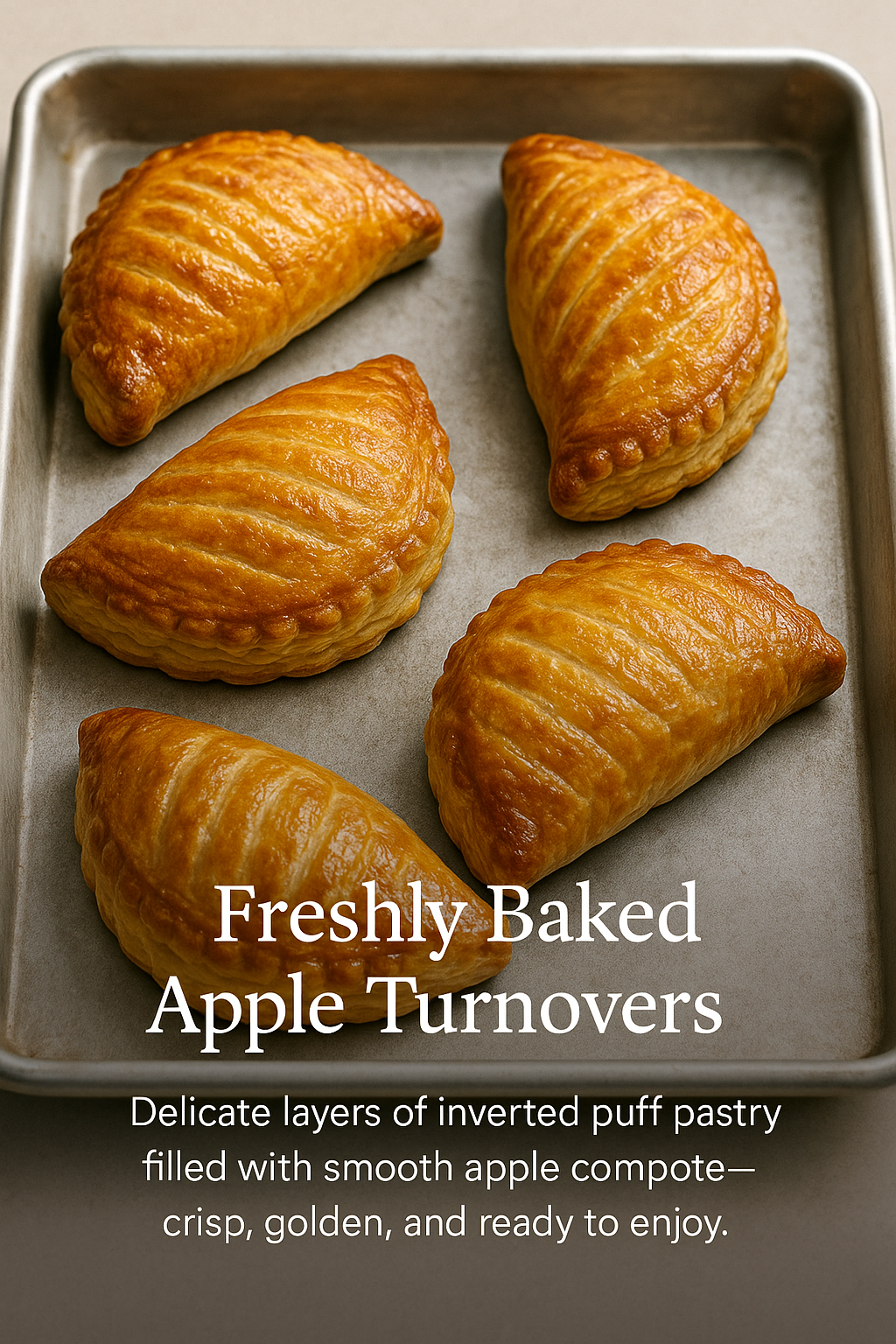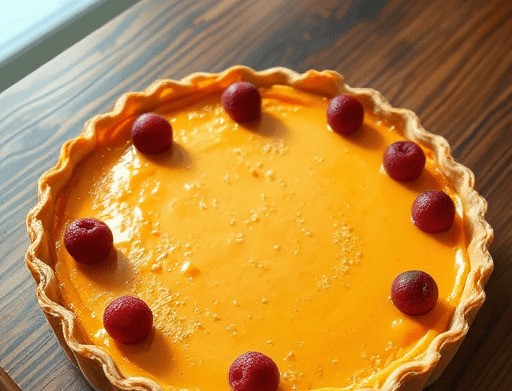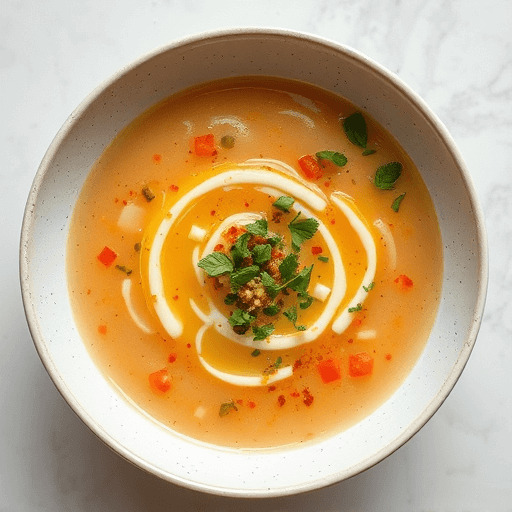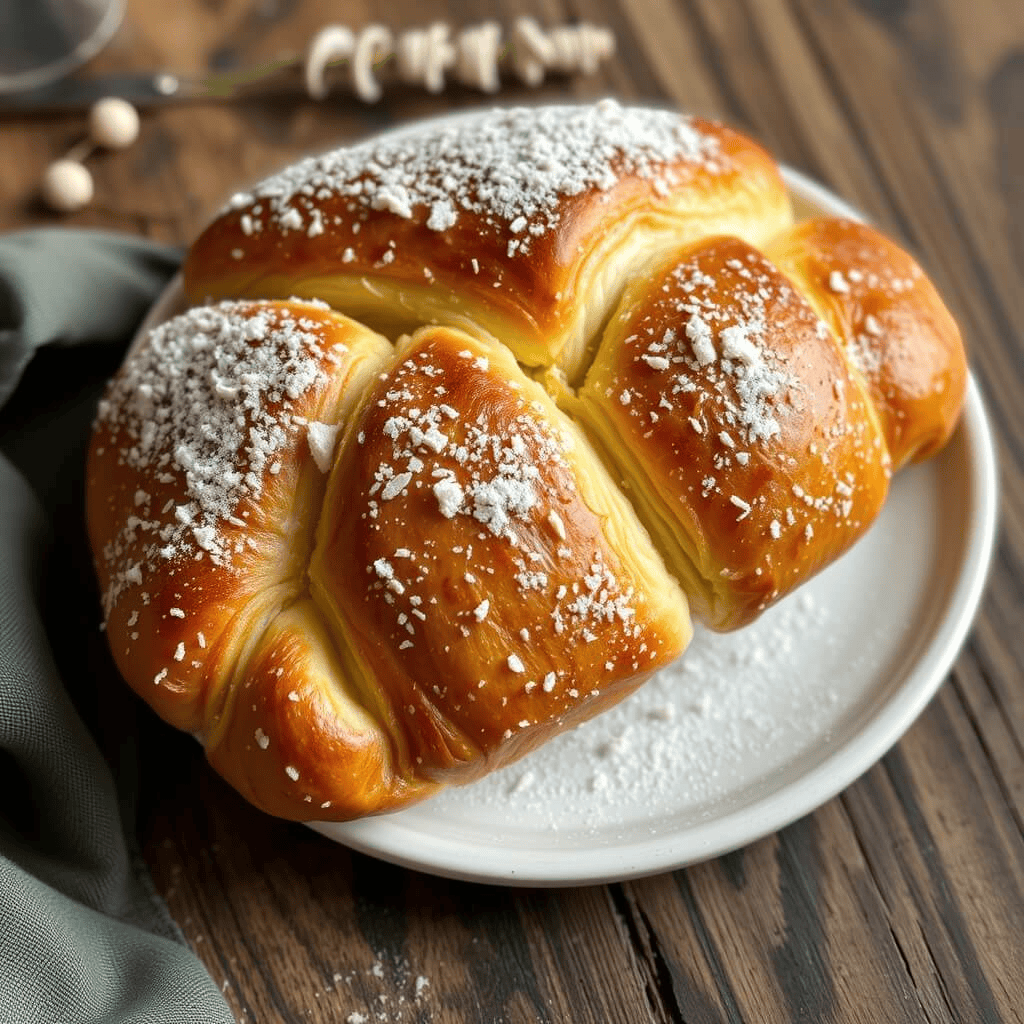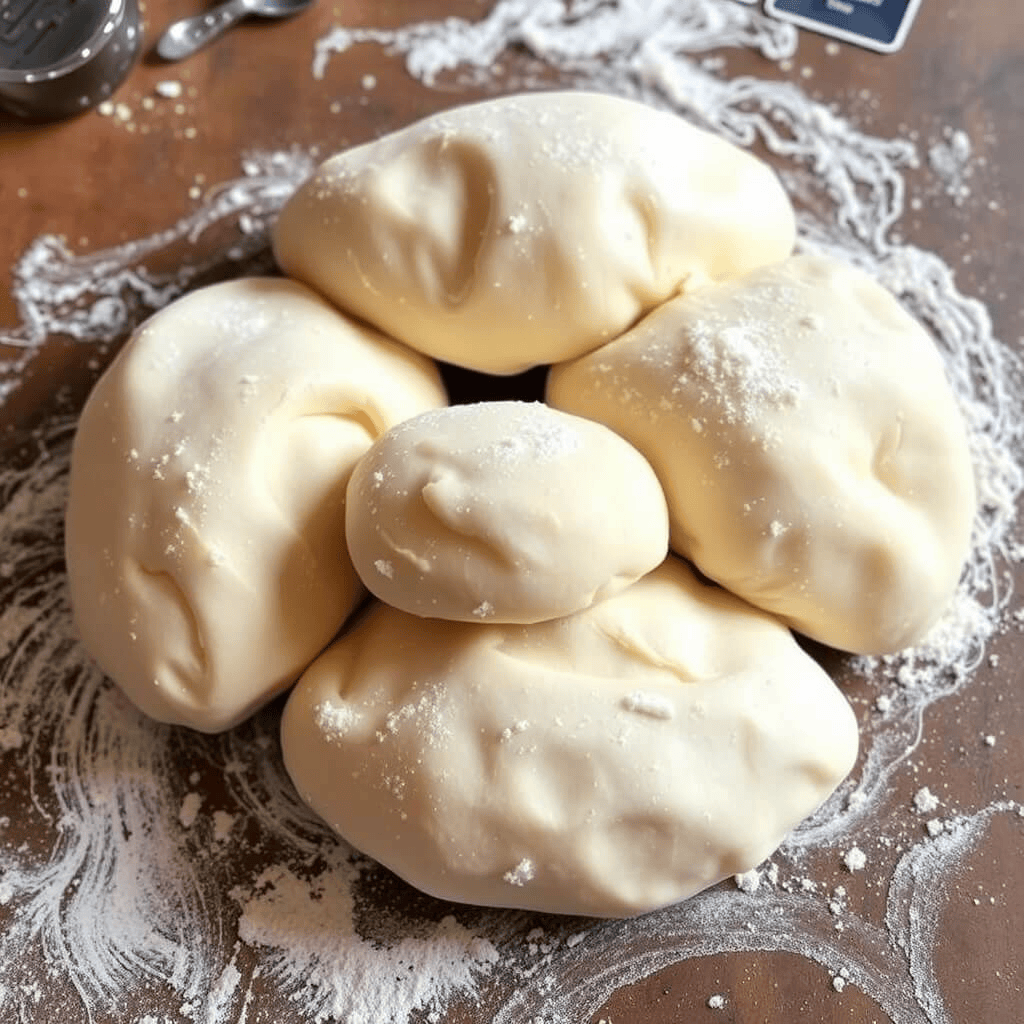7 Secrets to a Perfect Lemon Tart (That Pastry Chefs Swear By)
perfect lemon tart A lemon tart is the embodiment of refined simplicity, a dessert that captures the essence of balance and brightness in every bite. At first glance, it is a work of understated beauty — a gleaming golden filling nestled in a crisp, delicately browned shell. The surface is smooth, almost glassy, inviting you … Read more

